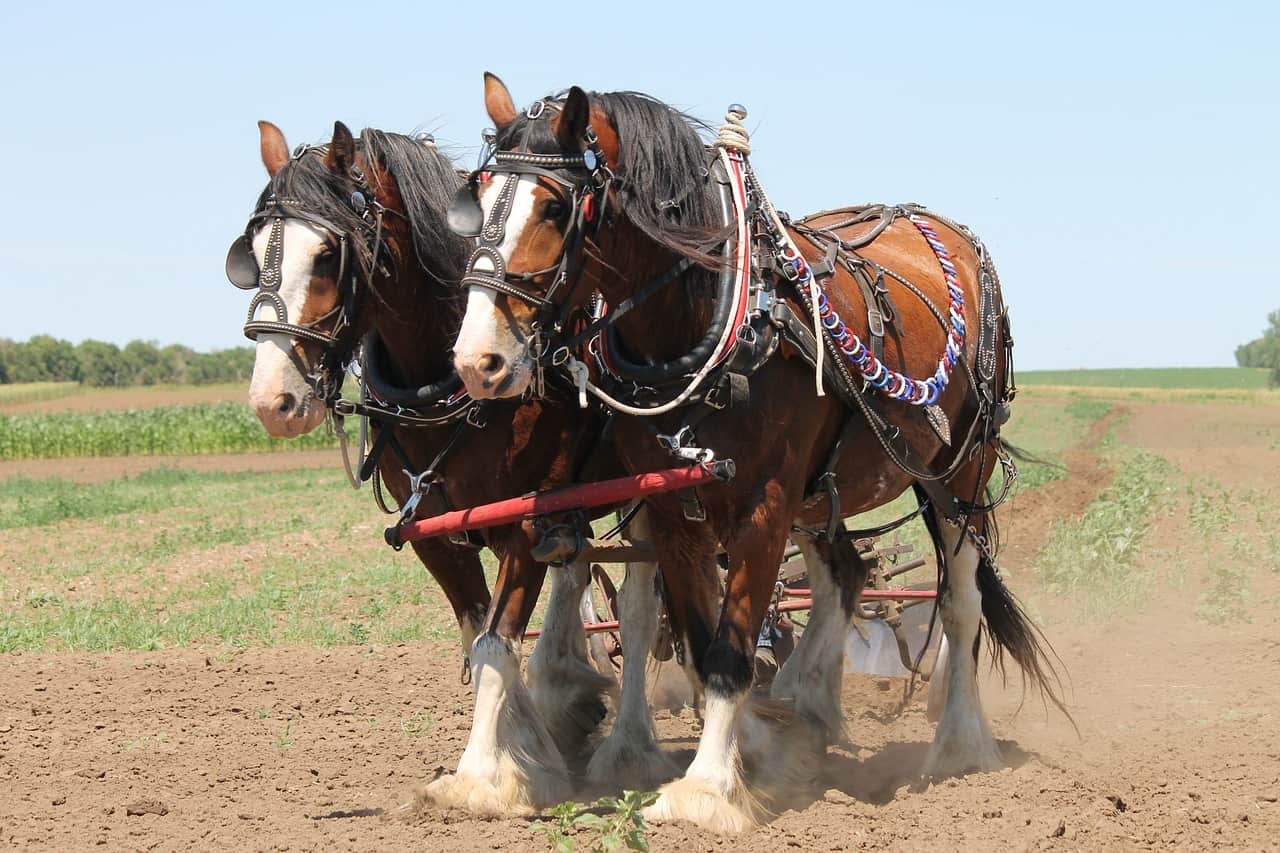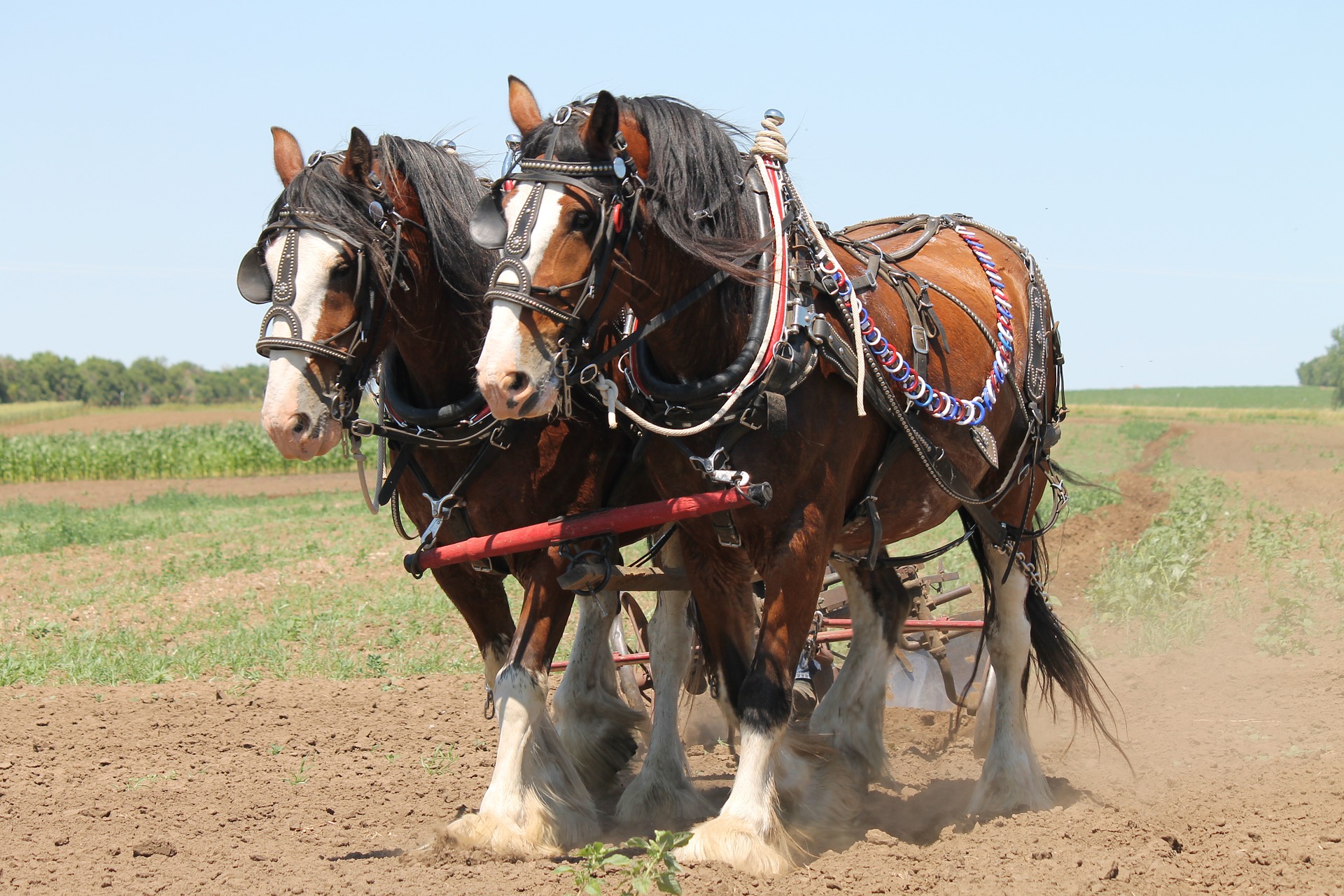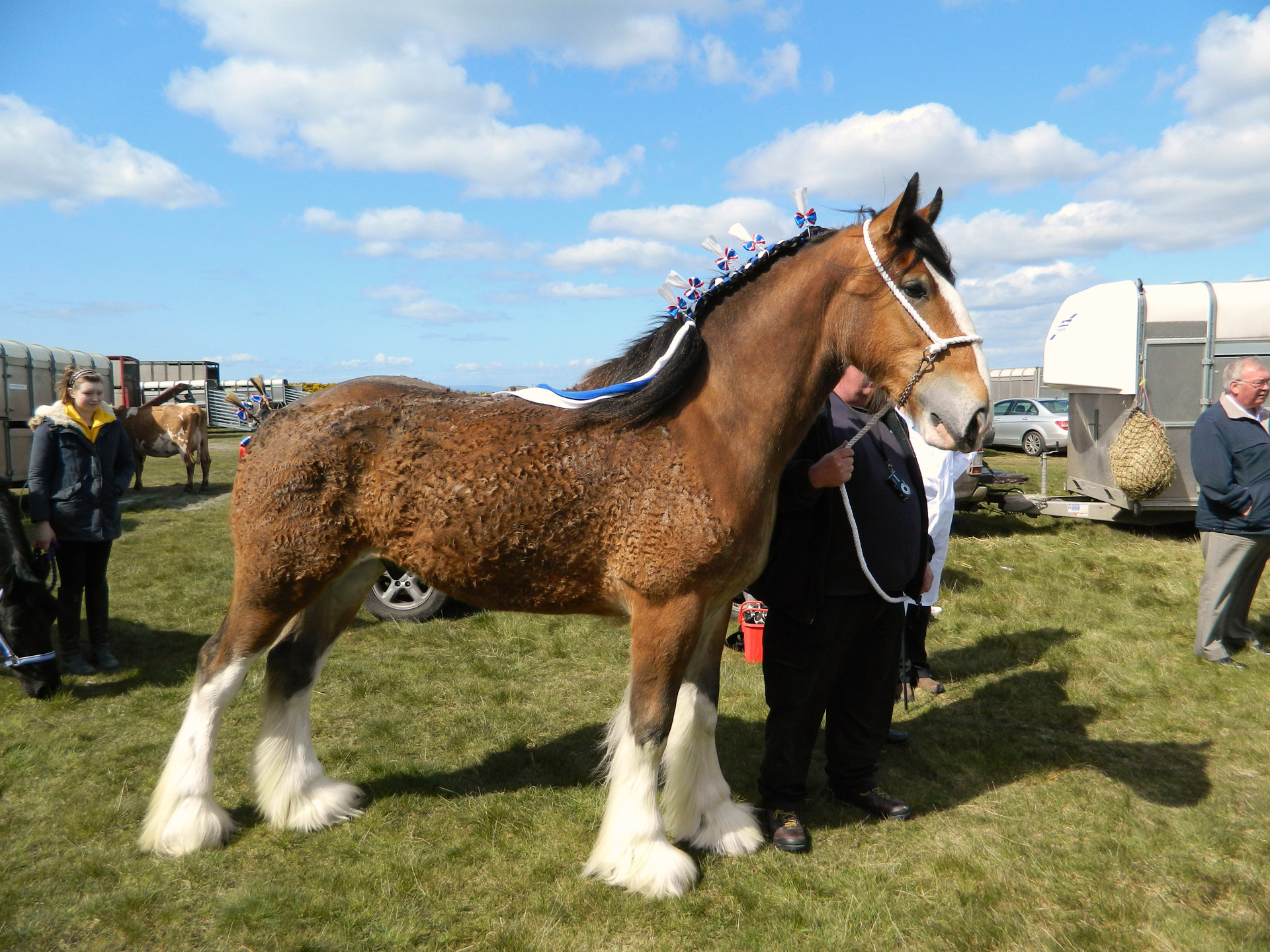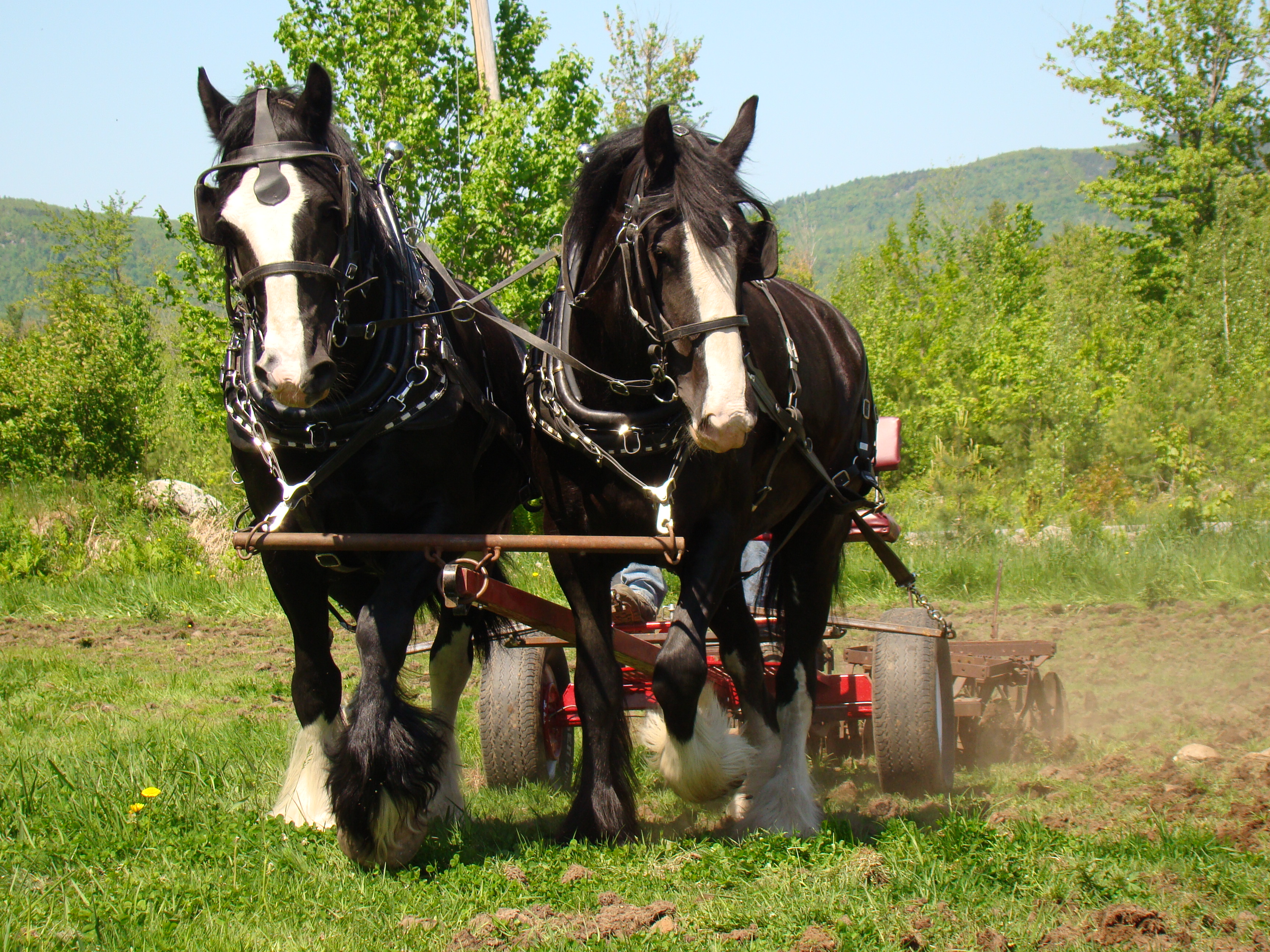The Clydesdale horse, with its majestic stature and gentle nature, has captured the hearts of horse enthusiasts worldwide. Understanding the Clydesdale lifespan is essential for those who care for these magnificent creatures, ensuring they live a full and healthy life. This blog post explores the average lifespan, factors influencing longevity, and care techniques to promote a long and prosperous life for these gentle giants.
Understanding Clydesdale Historical Significance and Evolution

The Clydesdale breed has a rich heritage, originating in Scotland and evolving from a powerhouse in agriculture and industry to a beloved symbol in various contemporary settings. Their transition from hard labor to more ceremonial and ambassadorial roles reflects the breed’s adaptability and enduring charm.
Comprehensive Care Strategies for Clydesdales
Providing optimal care for Clydesdales is paramount for their welfare and longevity. A holistic approach to their care encompasses:
- Proactive health management through regular veterinary check-ups.
- Ensuring a safe living space that minimizes the risk of accidents and injuries.
- Facilitating interactions with other horses to foster a stable social life.
Adapting to the Evolving Needs of Clydesdales
As the duties of Clydesdales have shifted towards lighter activities, it’s essential to consider how these changes affect their well-being. The breed’s adaptability to a range of modern-day roles from show participation to brand representation, highlights the importance of evolving care practices that align with their current lifestyle.
Early Development and Long-Term Health
The foundational years for a Clydesdale foal are critical for ensuring a robust start to life. Emphasizing proper nutrition, appropriate training, and early social experiences lays the groundwork for a life characterized by vitality and resilience.
Nurturing Clydesdales Through Their Life Phases
As Clydesdales mature, their care requirements evolve. It’s essential to tailor their care to each life stage, focusing on:
- Supporting growth and musculoskeletal health in the early years.
- Maintaining overall well-being and injury prevention in their prime.
- Addressing the unique needs of senior Clydesdales for ongoing comfort and quality of life.
Enhancing Clydesdale Environments for Optimal Well-being
Creating a dynamic and engaging environment is crucial for the mental and physical health of Clydesdales. Strategies for environmental enrichment include:
- Designing pastures with diverse terrain to promote natural activity.
- Introducing toys that stimulate cognitive engagement and physical play.
- Encouraging herd-like social structures to reflect innate social behaviors.
To ensure Clydesdales reach their full potential, it’s important to integrate a thorough understanding of the breed’s history, the evolution of their roles, and current best practices in care. By doing so, owners and caretakers can enhance the quality of life and potentially increase the Clydesdale lifespan through committed and thoughtful stewardship.
Elevating Clydesdale Horse Longevity Through Multifaceted Care

To elevate the Clydesdale horse breed lifespan, it’s important to recognize the multifaceted factors that contribute to their well-being. This comprehensive perspective enables caretakers to foster an environment conducive to longevity, going beyond everyday care to address the nuanced aspects of their health and happiness.
Optimizing Clydesdale Habitats for Enhanced Longevity
The habitat of a Clydesdale plays a subtle yet critical role in their health. Considerations for creating the ideal living conditions include:
- Selecting climates that avoid extreme temperatures, thus reducing bodily stress.
- Choosing areas with cleaner air quality to avert respiratory complications.
- Offering spacious and well-ventilated stabling to diminish disease transmission and support respiratory health.
Fortifying Mental Health to Boost Clydesdale Lifespan
Alongside physical care, the mental health of Clydesdales is paramount to their longevity. Reducing stress is key, and can be achieved by:
- Maintaining consistent daily routines to provide a sense of security.
- Encouraging mental engagement through interactive activities to prevent stress due to boredom.
- Ensuring compassionate handling to build trust and alleviate anxiety.
Promoting Reproductive Well-being in Clydesdales
Reproductive health is a pivotal component of Clydesdale horse longevity. Effective management strategies include:
- Swift identification and treatment of reproductive ailments.
- Adhering to conscientious breeding protocols to avoid health issues linked to overbreeding.
- Conducting thorough health checks for breeding horses to promote the transfer of healthy genes.
Advancing Preventative Health for a Robust Clydesdale Lifespan
Proactive health measures are essential in extending the Clydesdale lifespan. To safeguard their health, caretakers should focus on:
- Implementing parasite control strategies that are specific to the Clydesdale’s environment and exposure.
- Keeping vaccination schedules current and relevant to regional disease risks.
- Emphasizing comprehensive dental care to ensure effective chewing and digestion.
Harnessing Genetics to Support Clydesdale Horse Longevity
Understanding the genetic heritage of Clydesdales can offer insights into their potential lifespan. Strategic breeding with a focus on longevity and health can bolster the breed’s life expectancy. Key considerations involve:
- Analyzing lineage for inheritable conditions that might impact longevity.
- Selecting mates based on health-promoting characteristics.
- Employing genetic screening to detect and mitigate breed-specific susceptibilities.
By addressing these comprehensive factors — environmental conditions, psychological care, reproductive health, preventative measures, and genetics — those responsible for Clydesdales can adopt a holistic approach. This not only harmonizes with established care practices but also paves the way for Clydesdales to enjoy a full, vigorous life span, reflective of their noble heritage and the dedication of those who nurture them.
Guidelines for Enhancing Clydesdale Horse Longevity

In the pursuit of extending the lifespan of Clydesdale horses, it’s crucial to embrace a comprehensive approach to their care that goes beyond basic maintenance. The commitment to their well-being involves an array of specialized practices designed to meet their distinct requirements. These practices contribute to the health and lifespan of Clydesdales, offering a blueprint for their continued vigor.
Tailored Diets for Optimal Clydesdale Health
Dietary considerations are a linchpin in the quest to extend the life of a Clydesdale. Creating a diet that caters to the horse’s individual needs includes:
- Emphasizing high-fiber content for digestive health.
- Incorporating age and activity level-specific nutrients.
- Monitoring portion sizes to avoid excessive weight that could strain joints.
Structured Activity for Enhanced Vitality
An exercise program tailored for Clydesdales plays an integral role in their overall health by supporting heart function, muscle development, and mobility. A well-designed exercise plan includes:
- Diverse routines to engage various muscle groups and maintain interest.
- Appropriate rest intervals to facilitate recovery.
- Adjustments based on the horse’s changing health status and age.
Hoof and Limb Attention for Structural Integrity
Given their size, Clydesdales require diligent hoof and limb care to prevent disorders that could impact their quality of life. Important measures include:
- Consistent trimming and correct shoeing practices.
- Monitoring for hoof health and addressing any issues promptly.
Oral Health for Efficient Feeding
Oral care is a critical aspect of Clydesdale maintenance, directly affecting their feeding efficiency and overall health. Essential dental practices involve:
- Semi-annual check-ups with an equine dental specialist.
- Managing dental irregularities to ensure proper mastication.
Supportive Shelter for Restorative Rest
Adequate shelter is vital for Clydesdales, offering protection and a comfortable space for rest. Elements of a suitable shelter include:
- Effective insulation and ventilation for optimal thermal comfort.
- Keeping stables clean to minimize respiratory health risks.
- Ensuring bedding is ample to support their substantial size.
Proactive Health Regimens for Clydesdale Longevity
A proactive stance on health care is essential for a Clydesdale’s longevity. This includes:
- Comprehensive parasitic control tailored to the horse’s environment.
- Routine health evaluations to detect and address concerns early.
- Supplementation as needed to correct or prevent nutritional deficiencies.
Mental Well-being for a Balanced Clydesdale
Maintaining a Clydesdale’s mental health is as important as physical care in promoting a long life. Methods to foster psychological balance include:
- Establishing a steady daily routine to provide comfort through predictability.
- Offering engaging activities to prevent boredom and stimulate the mind.
- Employing empathetic handling techniques to deepen the human-horse relationship.
Implementing these integral aspects of Clydesdale horse care is key to supporting their longevity. With attentive management and a deep respect for their unique attributes, these horses can enjoy a prolonged and fulfilling life.
Supporting the Well-being of Aging Clydesdales

As Clydesdales enter their golden years, it is crucial for their caretakers to adapt their monitoring and management techniques to the changing health dynamics associated with older age. This section will outline the specialized care strategies tailored to meet the needs of the aging Clydesdale horse.
Addressing Age-Related Conditions in Clydesdales
As they age, Clydesdales may become susceptible to certain conditions more frequently observed in larger breeds. Early detection and management are vital for maintaining their quality of life.
- Laminitis: This hoof-related condition can be debilitating, and early intervention is key to managing its progression.
- Equine Metabolic Syndrome: This condition necessitates a carefully managed diet to prevent associated health risks like laminitis.
- Respiratory Issues: Due to their size, Clydesdales require environments that promote respiratory health, such as spaces with good air flow and low dust.
Proactive Health Assessments for Senior Clydesdales
Consistent health assessments are imperative to preemptively identify and address issues in senior Clydesdales. These assessments enable timely interventions that can significantly improve outcomes.
- Conducting regular blood work to check organ function and screen for diseases.
- Performing thorough physical exams to evaluate the cardiovascular and musculoskeletal systems, along with other vital health indicators.
- Implementing routine eye examinations to prevent accidents linked to impaired vision.
Customized Nutrition for Older Clydesdales
Nutrition plays an increasingly important role as Clydesdales age. It’s imperative to adjust their diets to reflect their less active lifestyles and changing metabolic rates.
- Ensuring fiber sources are of high quality and easily digestible to promote gastrointestinal health.
- Incorporating joint-supporting supplements, such as glucosamine, to maintain mobility.
- Revising the levels of vitamins and minerals in their diets to fulfill the specific nutritional requirements of older horses.
Maintaining Movement in Aging Clydesdales
Keeping elderly Clydesdales moving is important for their circulation and joint health. However, their exercise routines should be adjusted to match their current physical capabilities.
- Providing gentle walks to sustain muscle tone and joint function.
- Considering alternative forms of exercise like swimming, which offers a non-weight-bearing form of physical activity.
- Consulting with equine therapists to develop stretching routines that can improve flexibility and comfort.
Companionship for the Senior Clydesdale
As they advance in age, the role of companionship becomes even more important for the psychological well-being of Clydesdales. A supportive social environment can have positive effects on their overall health.
- Maintaining consistent companionship with other horses or animals to prevent feelings of isolation.
- Ensuring regular engagement with caregivers to reinforce social connections.
- Monitoring behavioral changes that could signal distress, allowing for prompt attention to their emotional needs.
By focusing on these specialized care considerations, owners and caretakers of aging Clydesdale horses can provide a nurturing environment. Such dedicated care helps these esteemed equines to lead comfortable lives during their senior years.
If you’re a horse enthusiast or simply curious about the lifespan of different horse breeds, you might find our resources enlightening. While you’re exploring the longevity of Clydesdale horses, don’t miss the opportunity to learn about other breeds as well. For a closer look at the life expectancy of some remarkable horses, check out our articles on how long Shire horses live, the lifespan of the graceful Tennessee Walking horses, and the enduring Arabian horses. Each breed offers a unique glimpse into the equine world, with varying lifespans influenced by their genetics, environment, and care.
Clydesdale Horse Life Expectancy Compared

Clydesdale Horse Life Expectancy in Different Settings
Clydesdale horse life expectancy can vary depending on the setting in which they are kept. Horses in a more natural, free-range environment may enjoy a longer life due to lower stress levels and more natural physical activity. Conversely, Clydesdales that are heavily worked and live in restricted conditions may face a shorter lifespan.
Comparing Clydesdale Horse Lifespan to Other Breeds
When comparing the Clydesdale lifespan to other horse breeds, Clydesdales fall into a similar range as other draft breeds. Lighter riding horses may have a slightly longer average lifespan, while smaller pony breeds can often live even longer. Each breed comes with its unique set of genetic factors that contribute to its typical lifespan.
In conclusion, the Clydesdale lifespan can be maximized through attentive care, a healthy lifestyle, and an understanding of the breed’s specific needs. With the right approach, these dignified horses can provide their human companions with many years of joy and companionship.



